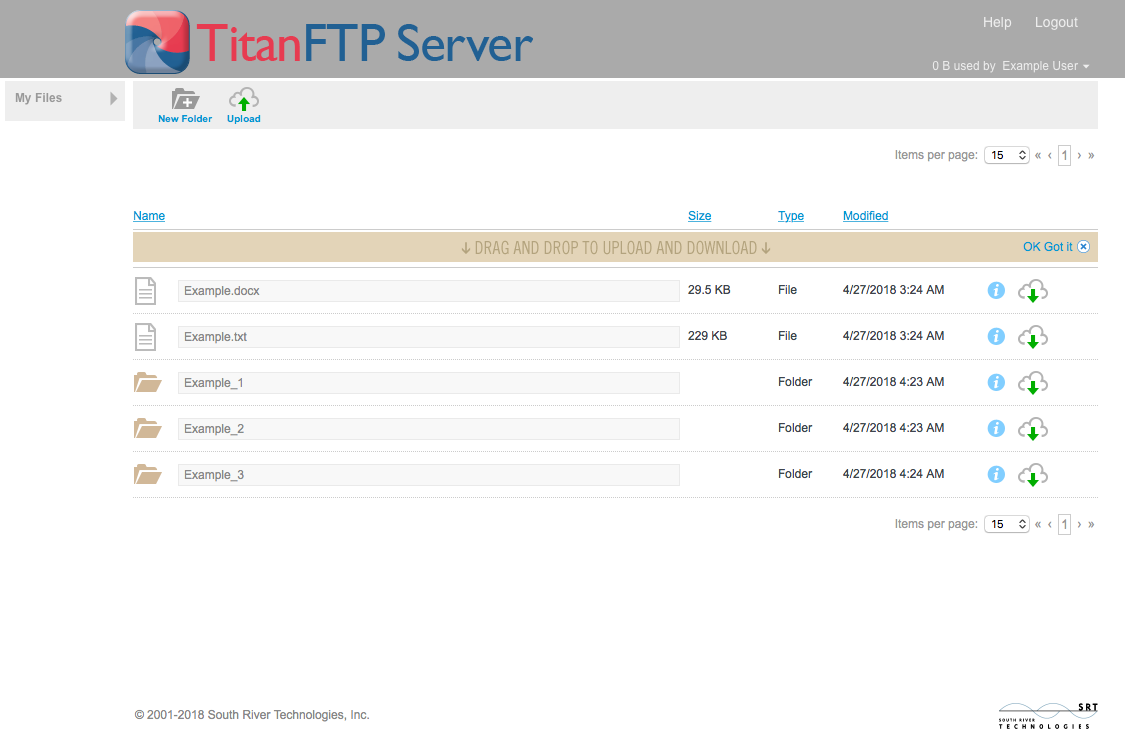
The steel industry played an important part in the second half of the Industrial Revolution, which is sometimes referred to as the Second Industrial Revolution or the Technological Revolution. While people had been forging steel for millennia, the process had for most of human history been too cost-prohibitive for everyday use. In the mid 1850s, a brilliant British metallurgist named Sir Henry Bessemer invented a process that made the production of steel from pig iron easier and more affordable. Other metallurgists refined this technique, and the 1860s saw a rapid rise in steel production that changed the face of shipping, construction, and manufacturing.
Refining Transportation
One of the biggest ways that increased steel production impacted the world—and, especially, the United States—during the Industrial Revolution was the rapid change in the manner in which people could move goods. Steel rails were too expensive for mass railroad production; before the Industrial Revolution, rails had been made from iron. These rails wore out quickly and had to be replaced frequently; the cheaper cost of steel production led to a railroad construction boom that utilized millions of tons of steel rails. No longer did people have to ship everything in wagons or on the backs of animals; cheap and durable steel rails allowed for better access to even more remote and rural areas.
New Uses
Cheaper steel also led to a change in the way people constructed everything from ships to buildings. Steel-made ships were faster and more durable than their iron and wooden counterparts, so people and goods could move more quickly and easily between ports and across oceans. Flexible yet durable steel also led to the ability to construct skyscrapers that forever changed the environment in which many people conducted business. Buildings and bridges could be built with steel frames that would last longer and that cost less to make than they would have before the Industrial Revolution. Concrete reinforced with steel was used to construct numerous structures.
Not all uses of steel during the Industrial Revolution were on as grand of a scale as miles-long railroads, multi-ton ships, and seemingly mile-high skyscrapers. The cheaper production methods of steel discovered during the Industrial Revolution also trickled down to affect ordinary people going about their day to day lives. Various tools, utensils, and household items could be manufactured more cheaply and quickly, meaning that people could often buy long-lasting tools and other such items at less cost than they once would have had to spend. Even pen nibs could be easily manufactured with the cheaper and easier steel production methods.
Social Changes
America’s first corporation to be worth a billion dollars was J.P. Morgan’s United States Steel, which was comprised of consolidated steel firms. The Industrial Revolution radically altered the way people worked; the concepts of career advancement and career tracks truly came into their own. Railroads and their steel rails brought the country together and made traveling, relocating, and farming easier than ever before. A burgeoning working class came to be known as the middle class; demand for both skilled and unskilled workers boomed at unprecedented rates. The Industrial Revolution and its cheaper steel production vaulted the United States to the head of the civilized world in terms of prosperity, and generations continue to benefit today from the advances made during the Industrial Revolution.
Attached Images:
- License: Creative Commons image source
This article was provided by Capital Steel & Wire, distributors of cold drawn steel bar.









Comments